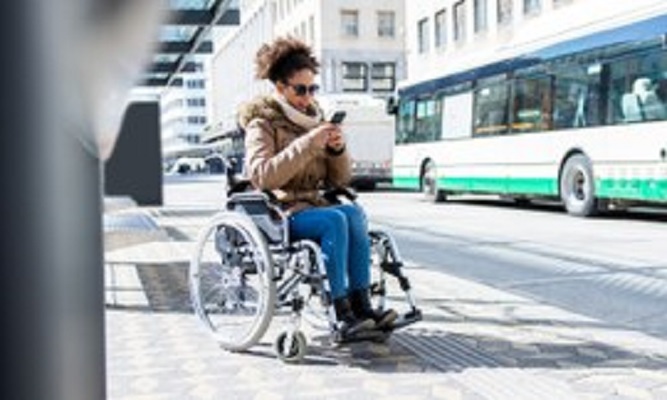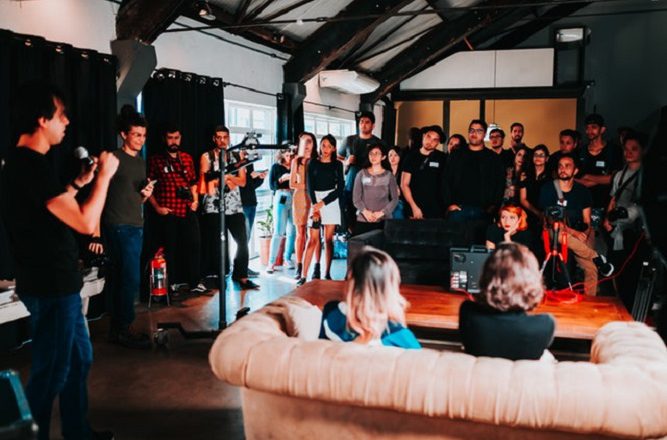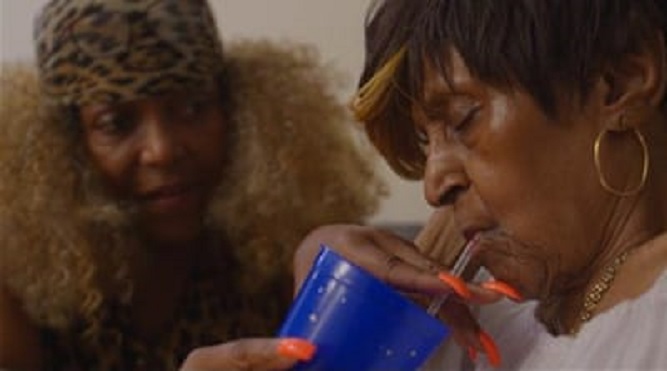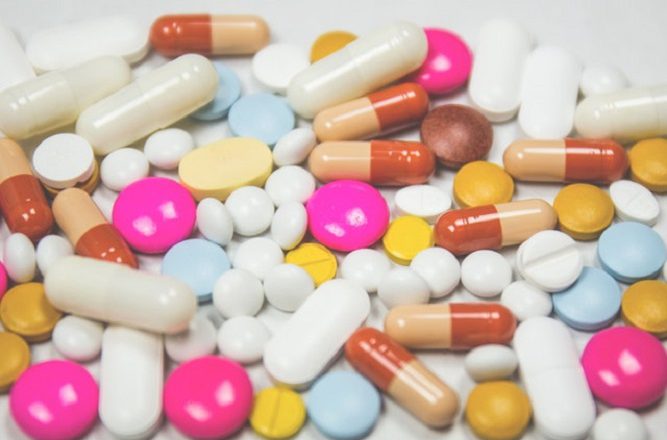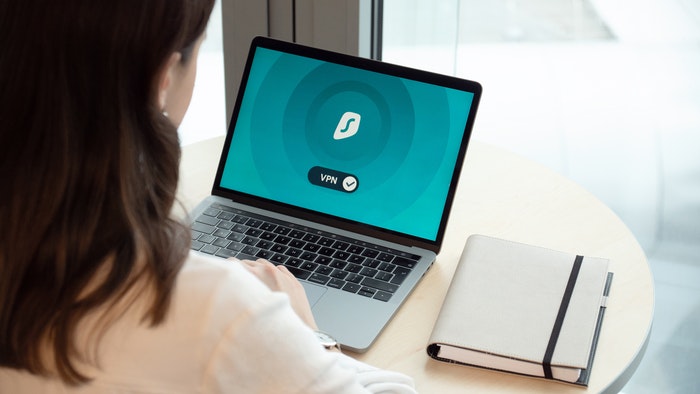During A Pandemic People With Disabilities Are At Greater Risk Of Going Hungry
The COVID-19 pandemic has revealed uncomfortable and distressing truths about American society: namely, the struggle many Americans face just getting by.
Yet, while the pervasive food insecurity that has always existed in the U.S. became more visible, how the problem disproportionately affects people with disabilities has received less attention.
As an ethnographer of food, poverty and welfare, I study how people respond to economic scarcity through caregiving networks. Although caregiving networks like neighborhood mutual aid groups and pop-up food banks quickly emerged to support vulnerable groups during the pandemic, people with disabilities have continued to face additional challenges.
High risk of food insecurity
An estimated 25% of U.S. adults have some form of physical or intell...

